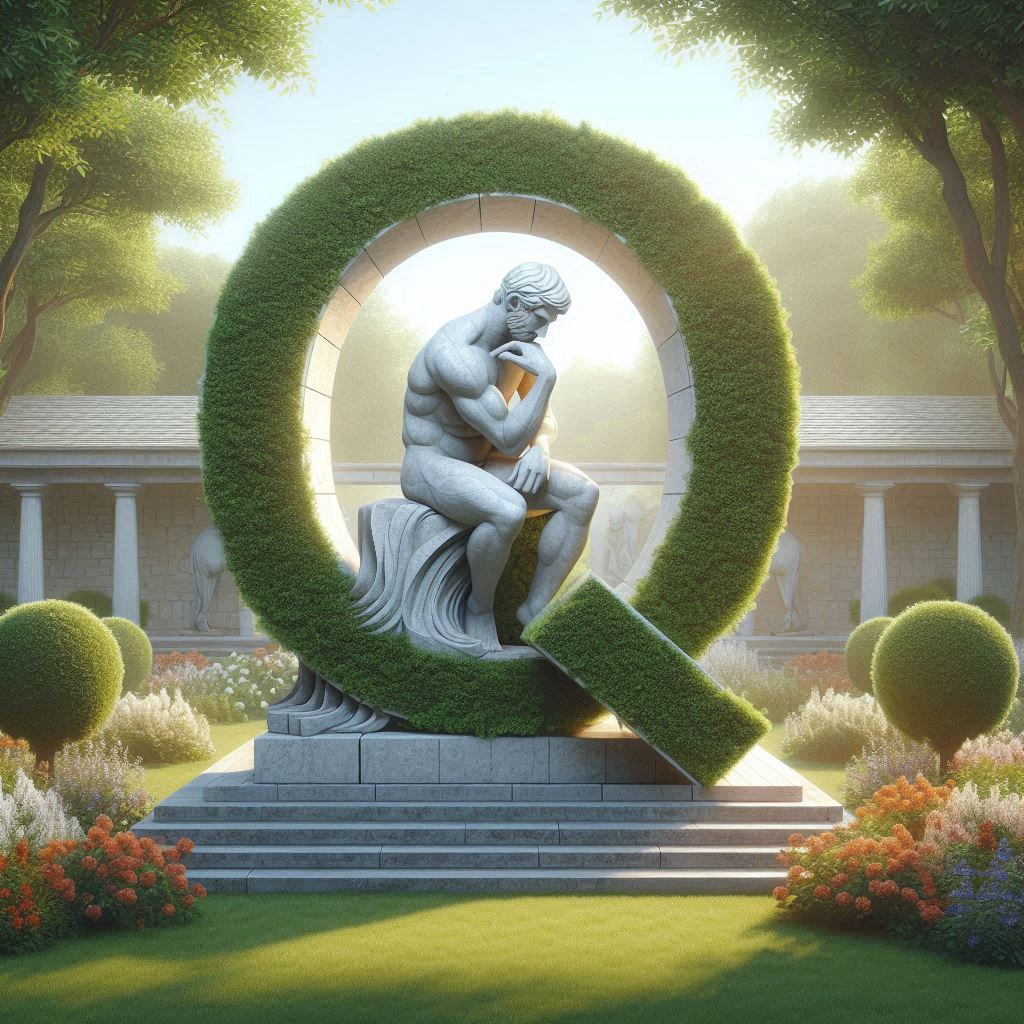The Indelible Mark of Queer Identity on American Art
A Journey Through Queer Art in America
Jump to the Article

Queer identity has been a profound and transformative force in the evolution of American art. From subtle expressions of coded language in the early 20th century to the bold and unapologetic declarations of contemporary artists, queer experiences have enriched and diversified the artistic landscape. Queer artists have consistently challenged societal norms, explored themes of love, loss, identity, and resilience, and offered unique perspectives that have broadened our understanding of art and ourselves. Their work has not only pushed creative boundaries but also served as a catalyst for social change, fostering dialogue and promoting inclusivity within the art world and beyond.
Early Pioneers and Coded Language
In the early 20th century, when homosexuality was largely?? and stigmatized, queer artists often relied on coded language and symbolism to express their identities and experiences. Artists like Marsden Hartley and Charles Demuth subtly infused their work with homoerotic undertones, creating a visual language that could be deciphered by those in the know. These early pioneers laid the groundwork for future generations of queer artists, demonstrating the power of art to communicate hidden truths and challenge societal norms.
The Rise of Queer Visibility
The Stonewall Riots of 1969 marked a turning point in the fight for LGBTQ+ rights and had a profound impact on the art world. As queer individuals became more visible and assertive, so did their art. Artists like Andy Warhol, Robert Mapplethorpe, and Keith Haring emerged as prominent voices, openly addressing themes of sexuality, gender, and identity in their work. Warhol's pop art celebrated queer icons and challenged traditional notions of beauty, while Mapplethorpe's provocative photographs pushed the boundaries of censorship and sparked important conversations about art and sexuality. Haring's vibrant and accessible murals brought queer visibility to the streets, transforming public spaces into platforms for activism and social commentary.
The Impact of AIDS
The AIDS epidemic of the 1980s had a devastating impact on the queer community, but it also fueled a surge of artistic expression. Artists like David Wojnarowicz, Felix Gonzalez-Torres, and Gran Fury used their work to document the crisis, express grief and anger, and advocate for awareness and action. Their art served as a powerful reminder of the human cost of the epidemic and the urgent need for social and political change.
Contemporary Queer Art
Today, queer art is more diverse and dynamic than ever before. Contemporary artists are pushing the boundaries of traditional art forms, exploring intersectionality, and challenging the very definition of queer identity. Artists like Catherine Opie, Glenn Ligon, and Juliana Huxtable are using photography, video, performance, and digital media to explore themes of race, gender, class, and sexuality, creating complex and nuanced representations of queer experiences.
The Influence of Queer Art
Queer art has had a profound impact on American culture, shaping the way we think about art, identity, and social justice. Queer artists have challenged traditional notions of beauty, expanded the definition of art, and created space for marginalized voices to be heard. Their work has not only enriched the art world but also contributed to broader social and political movements, fostering dialogue, promoting inclusivity, and inspiring generations of artists and activists.
Conclusion
Queer identity has been an undeniable force in shaping American art. From the subtle expressions of early pioneers to the bold declarations of contemporary artists, queer experiences have enriched and diversified the artistic landscape. Queer art has challenged societal norms, explored themes of love, loss, identity, and resilience, and offered unique perspectives that have broadened our understanding of art and ourselves. As we continue to evolve as a society, queer art will undoubtedly continue to play a vital role in shaping our culture and challenging us to see the world in new ways.
Sources
- "Queer Artists and Their Impact on the Art World: A Look at Influential LGBTQIA+ Creatives" - Publicly Private.
- "Queer Artists that Revolutionized Art History" by Savannah James. Les Collection.
- "How M. Lamar and X. Lee are Redefining 'Queer Art'" by Tymia Ballard. GLAAD.
- "The Queer Code: Secret Languages of LGBTQ+ Art" by National Galleries of Scotland. Art Explora.
- "In Plain Sight: Queer Symbolism Encoded in the Works of Marsden Hartley, Robert Rauschenberg, and Jasper Johns" by Vincent Forsell. Temple University.
- "A Brief History of Civil Rights in the United States: The Stonewall Riots" - Vernon E. Jordan Law Library at Howard University, School of Law.
- "LGBTQ+" - The Warhol.
- "Queer Activist Art" by Jasmine Kuylenstierna. The MET.
- "Celebrating Pride Month: A Look At The Impact of LGBTQ+ Art on Mainstream Culture" - Pinot's Palette.
- "5 LGBTQ+ Artists Who Are Transforming the Art World" - Sinngulart Magazine.
- "Celebrating LGBTQ+ Art and Culture: A Tapestry of Diversity and Expression" by Las Vegas PRIDE Magazine Staff. Las Vegas Pride.
- "Queer Identities and Histories in American Art" - The Art Student's League.
- "The Influence of Queer Culture in Mainstream Art" by Roberto Broce. Iconiqa.
